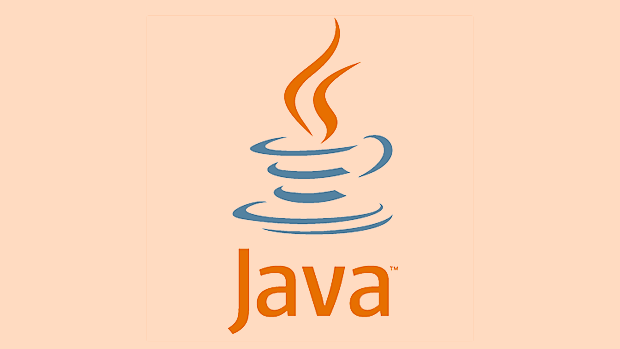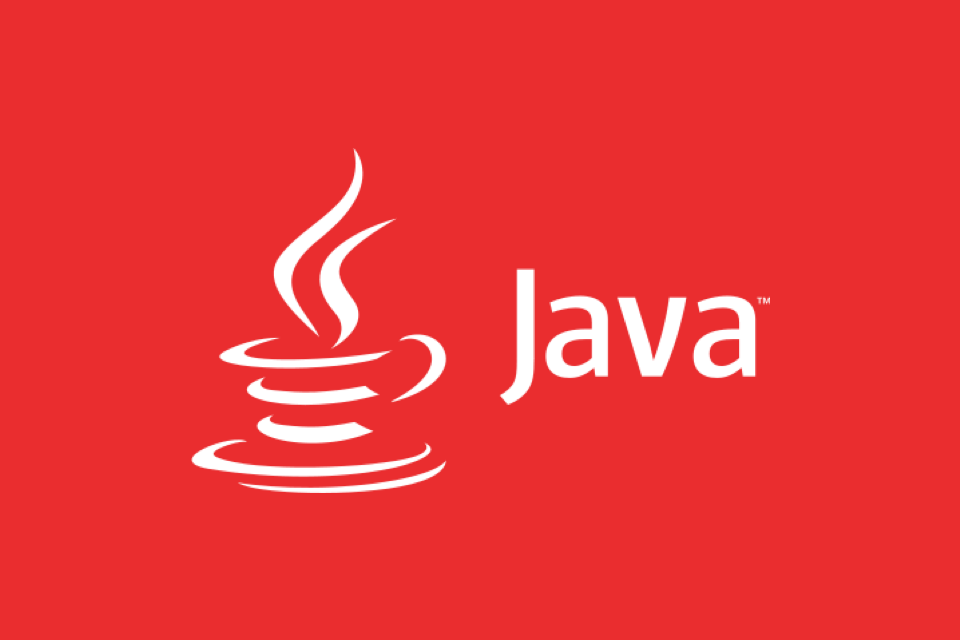Optimizing Database Queries in a Java Persistence Layer
Jul 27, 2025 am 02:04 AM1. To solve the N 1 query problem, you need to use JOIN FETCH or @EntityGraph; 2. Restrict the result set size through paging and cursor paging; 3. Reasonably configure entity mapping and lazy loading to avoid loading too much associated data; 4. Use DTO projection to query only the required fields; 5. Enable secondary caching and reasonably configure cache policies; 6. Turn on SQL logs and use tools to analyze the generated SQL performance; 7. Use native SQL to improve efficiency through complex operations; 8. Create database indexes for common query conditions and use execution plan analysis; the core of optimization is to reduce database round trips, reduce data transmission, and select appropriate acquisition strategies based on the scenario, and ultimately continuously improve performance through monitoring.

When working with Java applications that rely on a persistence layer—especially those using JPA (Java Persistence API) or Hibernate—database query performance can quickly become a bottleneck. Poorly optimized queries lead to slow response times, high memory usage, and scalability issues. Here's how to effectively optimize database queries in a Java persistence layer.

1. Avoid the N 1 Query Problem
One of the most common performance pitfalls in JPA is the N 1 query problem , which occurs when retrieving a list of entities that have lazy-loaded associations.
For example, loading a list of Order entities and then accessing each order's Customer one by one triggers a separate query for each customer:

List<Order> orders = entityManager.createQuery("SELECT o FROM Order o", Order.class)
.getResultList();
for (Order order : orders) {
System.out.println(order.getCustomer().getName()); // Triggers individual SELECT
} Solution : Use JOIN FETCH in your JPQL to eagerly load associations in a single query:
List<Order> orders = entityManager.createQuery(
"SELECT o FROM Order o JOIN FETCH o.customer", Order.class)
.getResultList(); Alternatively, use Hibernate's @EntityGraph for more reusable fetch plans:

@EntityGraph(attributePaths = "customer")
@Query("SELECT o FROM Order o")
List<Order> findAllWithCustomer();2. Use Pagination and Limit Results Sets
Fetching large datasets without limits can exhaust memory and slow down the database.
Always paginate results when dealing with large collections:
Pageable pageable = PageRequest.of(0, 20); // Page 0, size 20 Page<Order> orders = orderRepository.findAll(pageable);
Also consider using keyset pagination (cursor-based) for better performance on large datasets:
@Query("SELECT o FROM Order o WHERE o.id > :cursor ORDER BY o.id ASC")
List<Order> findNextBatch(@Param("cursor") Long cursor, Pageable pageable); This avoids OFFSET overhead in large tables.
3. Optimize Entity Mappings and Lazy Loading
- Mark relationships as
fetch = FetchType.LAZYunless you always need the associated data. - Avoid bicycle relationships unless necessary.
- Be cautious with
@OneToManycollections: loading a parent with thousands of children can cause memory spikes.
Instead of:
@OneToMany(mappedBy = "order") private List<OrderItem> items; // Loads all items every time
Consider using a dedicated query to fetch items only when needed, or use @BatchSize to reduce round trips:
@OneToMany(mappedBy = "order") @BatchSize(size = 10) private List<OrderItem> items;
This loads up to 10 related items in a single query when accessed.
4. Use DTO Projections instead of Full Entities
If you only need a subset of fields, don't load the entire entity. Use DTO projects to select only what's needed:
@Query("SELECT new com.example.OrderSummary(o.id, o.total, o.customer.name) "
"FROM Order o WHERE o.status = :status")
List<OrderSummary> findSummariesByStatus(@Param("status") String status);This reduces memory usage and network overhead by avoiding unnecessary data fetching.
You can also use interface-based projects or Spring Data's native support for projects.
5. Enable and Tune the Second-Level Cache
Hibernate supports a second-level cache to store frequently accessed entities or collections across sessions.
Enable caching for entities that rarely change:
@Entity
@Cacheable
@org.hibernate.annotations.Cache(usage = CacheConcurrencyStrategy.READ_ONLY)
public class Product { ... } Use cache providers like Ehcache or Caffeine, and be cautious with READ_WRITE or NONSTRICT_READ_WRITE in high-concurrency environments.
Also, consider caching query results:
query.setHint("org.hibernate.cacheable", true);But only for queries with stable results.
6. Monitor and Analyze Generated SQL
Enable SQL logging to see what queries JPA actually generates:
spring.jpa.show-sql=true spring.jpa.properties.hibernate.format_sql=true logging.level.org.hibernate.SQL=DEBUG logging.level.org.hibernate.type.descriptor.sql.BasicBinder=TRACE
Use tools like Hibernate Statistics , P6Spy , or jOOQ's Query Profiler to identify slow queries, redundant calls, or inefficient joins.
7. Use Native Queries for Complex Operations
Sometimes JPQL isn't enough for performance-critical queries. For complex reporting or analytics, use native SQL:
@Query(value = "SELECT o.id, o.total, c.name FROM orders o JOIN customers c ON o.customer_id = c.id WHERE o.date > ?1",
nativeQuery = true)
List<Object[]> findOrderReports(LocalDate date); Or map native queries to DTOs using @SqlResultSetMapping or Spring Data's Projections.
8. Leverage Database Indexes and Explain Plans
No amount of JPA tuning can fix missing database indexes.
- Index foreign keys used in joins.
- Index columns used in
WHERE,ORDER BY, andJOINcertificates. - Use
EXPLAINorEXPLAIN ANALYZEto understand query execution plans.
Example:
CREATE INDEX idx_orders_customer ON orders(customer_id); CREATE INDEX idx_orders_date_status ON orders(order_date, status);
Final Thoughts
Optimizing database queries in a Java persistence layer isn't just about writing better JPQL—it's about understanding how JPA translates your code into SQL, managing associations wisely, and leveraging database capabilities. Focus on reducing round trips, minimizing data transfer, and using the right fetching strategy for each use case.
Basically: fetch less, cache smart, and always measure.
The above is the detailed content of Optimizing Database Queries in a Java Persistence Layer. For more information, please follow other related articles on the PHP Chinese website!

Hot AI Tools

Undress AI Tool
Undress images for free

Undresser.AI Undress
AI-powered app for creating realistic nude photos

AI Clothes Remover
Online AI tool for removing clothes from photos.

Clothoff.io
AI clothes remover

Video Face Swap
Swap faces in any video effortlessly with our completely free AI face swap tool!

Hot Article

Hot Tools

Notepad++7.3.1
Easy-to-use and free code editor

SublimeText3 Chinese version
Chinese version, very easy to use

Zend Studio 13.0.1
Powerful PHP integrated development environment

Dreamweaver CS6
Visual web development tools

SublimeText3 Mac version
God-level code editing software (SublimeText3)

Hot Topics
 Differences Between Callable and Runnable in Java
Jul 04, 2025 am 02:50 AM
Differences Between Callable and Runnable in Java
Jul 04, 2025 am 02:50 AM
There are three main differences between Callable and Runnable in Java. First, the callable method can return the result, suitable for tasks that need to return values, such as Callable; while the run() method of Runnable has no return value, suitable for tasks that do not need to return, such as logging. Second, Callable allows to throw checked exceptions to facilitate error transmission; while Runnable must handle exceptions internally. Third, Runnable can be directly passed to Thread or ExecutorService, while Callable can only be submitted to ExecutorService and returns the Future object to
 Asynchronous Programming Techniques in Modern Java
Jul 07, 2025 am 02:24 AM
Asynchronous Programming Techniques in Modern Java
Jul 07, 2025 am 02:24 AM
Java supports asynchronous programming including the use of CompletableFuture, responsive streams (such as ProjectReactor), and virtual threads in Java19. 1.CompletableFuture improves code readability and maintenance through chain calls, and supports task orchestration and exception handling; 2. ProjectReactor provides Mono and Flux types to implement responsive programming, with backpressure mechanism and rich operators; 3. Virtual threads reduce concurrency costs, are suitable for I/O-intensive tasks, and are lighter and easier to expand than traditional platform threads. Each method has applicable scenarios, and appropriate tools should be selected according to your needs and mixed models should be avoided to maintain simplicity
 Understanding Java NIO and Its Advantages
Jul 08, 2025 am 02:55 AM
Understanding Java NIO and Its Advantages
Jul 08, 2025 am 02:55 AM
JavaNIO is a new IOAPI introduced by Java 1.4. 1) is aimed at buffers and channels, 2) contains Buffer, Channel and Selector core components, 3) supports non-blocking mode, and 4) handles concurrent connections more efficiently than traditional IO. Its advantages are reflected in: 1) Non-blocking IO reduces thread overhead, 2) Buffer improves data transmission efficiency, 3) Selector realizes multiplexing, and 4) Memory mapping speeds up file reading and writing. Note when using: 1) The flip/clear operation of the Buffer is easy to be confused, 2) Incomplete data needs to be processed manually without blocking, 3) Selector registration must be canceled in time, 4) NIO is not suitable for all scenarios.
 Best Practices for Using Enums in Java
Jul 07, 2025 am 02:35 AM
Best Practices for Using Enums in Java
Jul 07, 2025 am 02:35 AM
In Java, enums are suitable for representing fixed constant sets. Best practices include: 1. Use enum to represent fixed state or options to improve type safety and readability; 2. Add properties and methods to enums to enhance flexibility, such as defining fields, constructors, helper methods, etc.; 3. Use EnumMap and EnumSet to improve performance and type safety because they are more efficient based on arrays; 4. Avoid abuse of enums, such as dynamic values, frequent changes or complex logic scenarios, which should be replaced by other methods. Correct use of enum can improve code quality and reduce errors, but you need to pay attention to its applicable boundaries.
 How Java ClassLoaders Work Internally
Jul 06, 2025 am 02:53 AM
How Java ClassLoaders Work Internally
Jul 06, 2025 am 02:53 AM
Java's class loading mechanism is implemented through ClassLoader, and its core workflow is divided into three stages: loading, linking and initialization. During the loading phase, ClassLoader dynamically reads the bytecode of the class and creates Class objects; links include verifying the correctness of the class, allocating memory to static variables, and parsing symbol references; initialization performs static code blocks and static variable assignments. Class loading adopts the parent delegation model, and prioritizes the parent class loader to find classes, and try Bootstrap, Extension, and ApplicationClassLoader in turn to ensure that the core class library is safe and avoids duplicate loading. Developers can customize ClassLoader, such as URLClassL
 Exploring Different Synchronization Mechanisms in Java
Jul 04, 2025 am 02:53 AM
Exploring Different Synchronization Mechanisms in Java
Jul 04, 2025 am 02:53 AM
Javaprovidesmultiplesynchronizationtoolsforthreadsafety.1.synchronizedblocksensuremutualexclusionbylockingmethodsorspecificcodesections.2.ReentrantLockoffersadvancedcontrol,includingtryLockandfairnesspolicies.3.Conditionvariablesallowthreadstowaitfor
 Handling Common Java Exceptions Effectively
Jul 05, 2025 am 02:35 AM
Handling Common Java Exceptions Effectively
Jul 05, 2025 am 02:35 AM
The key to Java exception handling is to distinguish between checked and unchecked exceptions and use try-catch, finally and logging reasonably. 1. Checked exceptions such as IOException need to be forced to handle, which is suitable for expected external problems; 2. Unchecked exceptions such as NullPointerException are usually caused by program logic errors and are runtime errors; 3. When catching exceptions, they should be specific and clear to avoid general capture of Exception; 4. It is recommended to use try-with-resources to automatically close resources to reduce manual cleaning of code; 5. In exception handling, detailed information should be recorded in combination with log frameworks to facilitate later
 How does a HashMap work internally in Java?
Jul 15, 2025 am 03:10 AM
How does a HashMap work internally in Java?
Jul 15, 2025 am 03:10 AM
HashMap implements key-value pair storage through hash tables in Java, and its core lies in quickly positioning data locations. 1. First use the hashCode() method of the key to generate a hash value and convert it into an array index through bit operations; 2. Different objects may generate the same hash value, resulting in conflicts. At this time, the node is mounted in the form of a linked list. After JDK8, the linked list is too long (default length 8) and it will be converted to a red and black tree to improve efficiency; 3. When using a custom class as a key, the equals() and hashCode() methods must be rewritten; 4. HashMap dynamically expands capacity. When the number of elements exceeds the capacity and multiplies by the load factor (default 0.75), expand and rehash; 5. HashMap is not thread-safe, and Concu should be used in multithreaded






